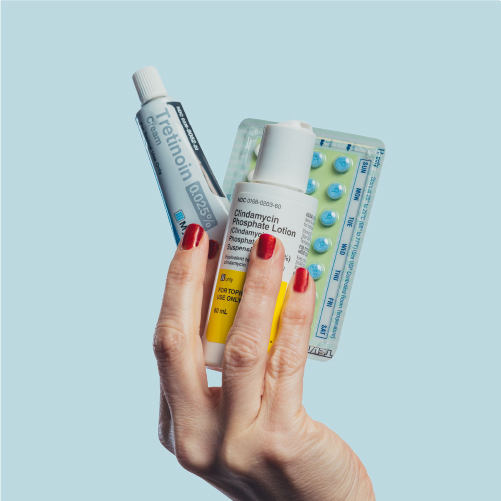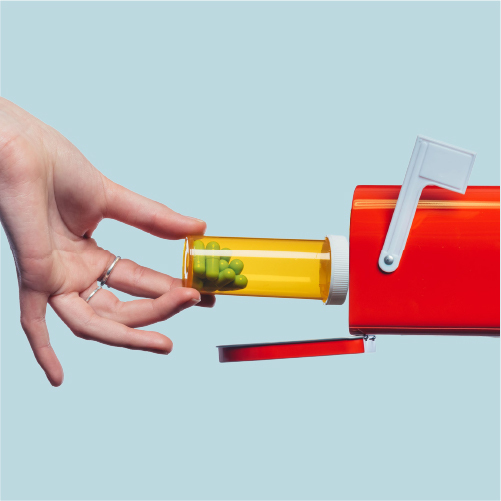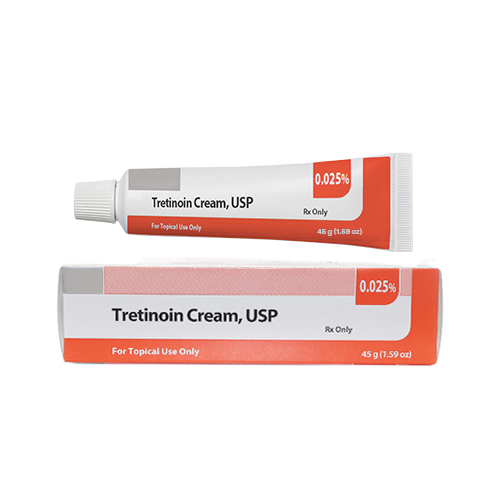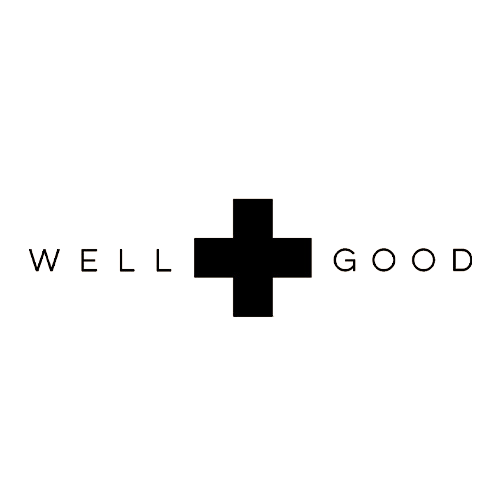Tretinoin Cream .025% (Retin-A) for Acne
If you prefer this specific medication, let your provider know the medication name and strength in the preference section of the health assessment.
If you prefer this specific medication, let your provider know the medication name and strength in the preference section of the health assessment.
Why Nurx?
-
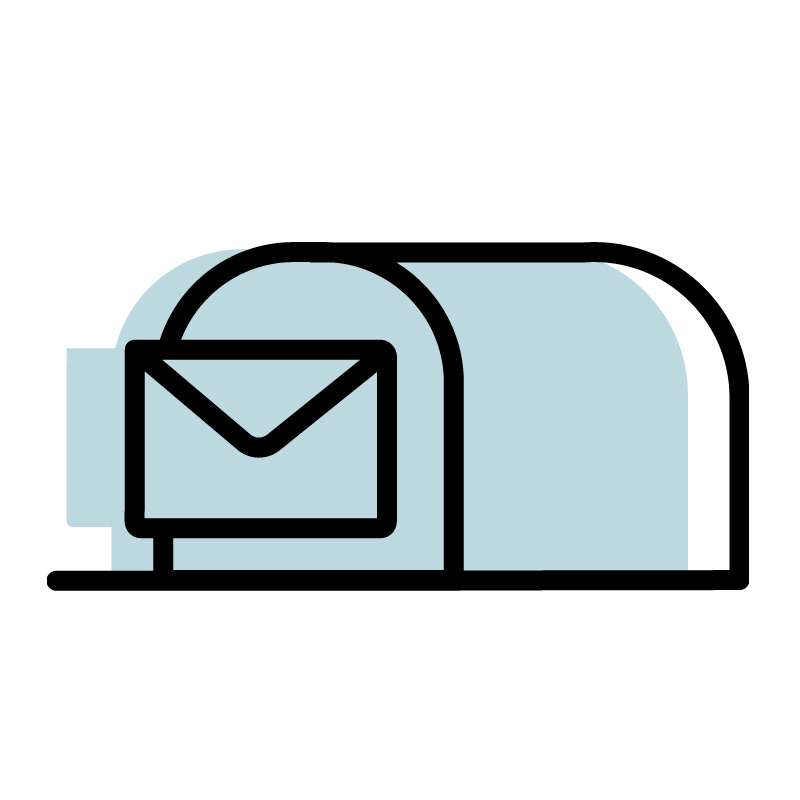 Free, fast shipping with automatic refills for items fulfilled by our pharmacy. Easily pause or cancel anytime.
Free, fast shipping with automatic refills for items fulfilled by our pharmacy. Easily pause or cancel anytime. -
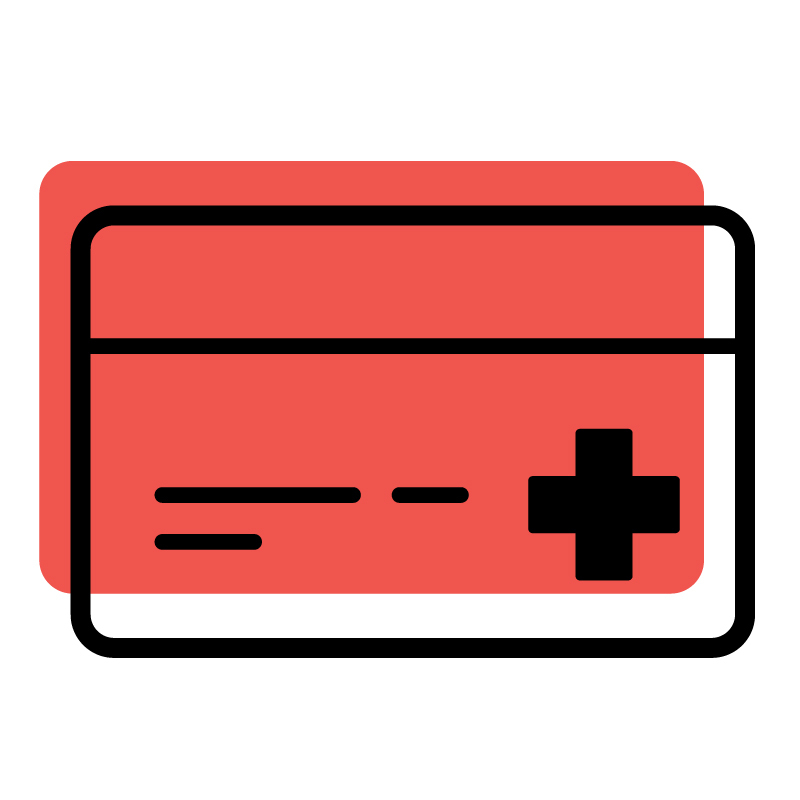 Clinically-recommended medications & affordable out-of-pocket prices.
Clinically-recommended medications & affordable out-of-pocket prices. -
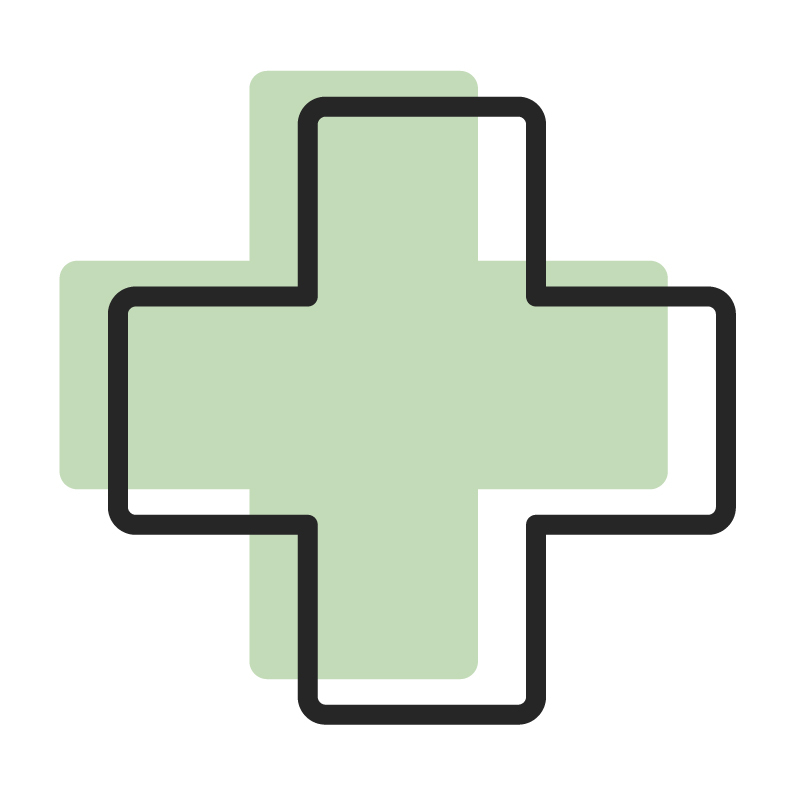 Unlimited messaging for one year with licensed providers.
Unlimited messaging for one year with licensed providers.
Product details
Tretinoin Cream 0.025% contains the lowest concentration of tretinoin, the active ingredient most prescribed by dermatologists to treat acne. Tretinoin is a retinoid that increases collagen production, stops the production of excess pigment, and treats acne at its source by unblocking pores that cause whiteheads or blackheads.
Get Tretinoin Cream 0.025% prescribed online and delivered for $0 to you by Nurx, so you can skip the trips to your in-person dermatologist and pharmacist.
Medication Type: Topical cream | Brand Name: Retin-A
- Treating acne at its source
- Reducing hyperpigmentation
- Reducing visible signs of aging
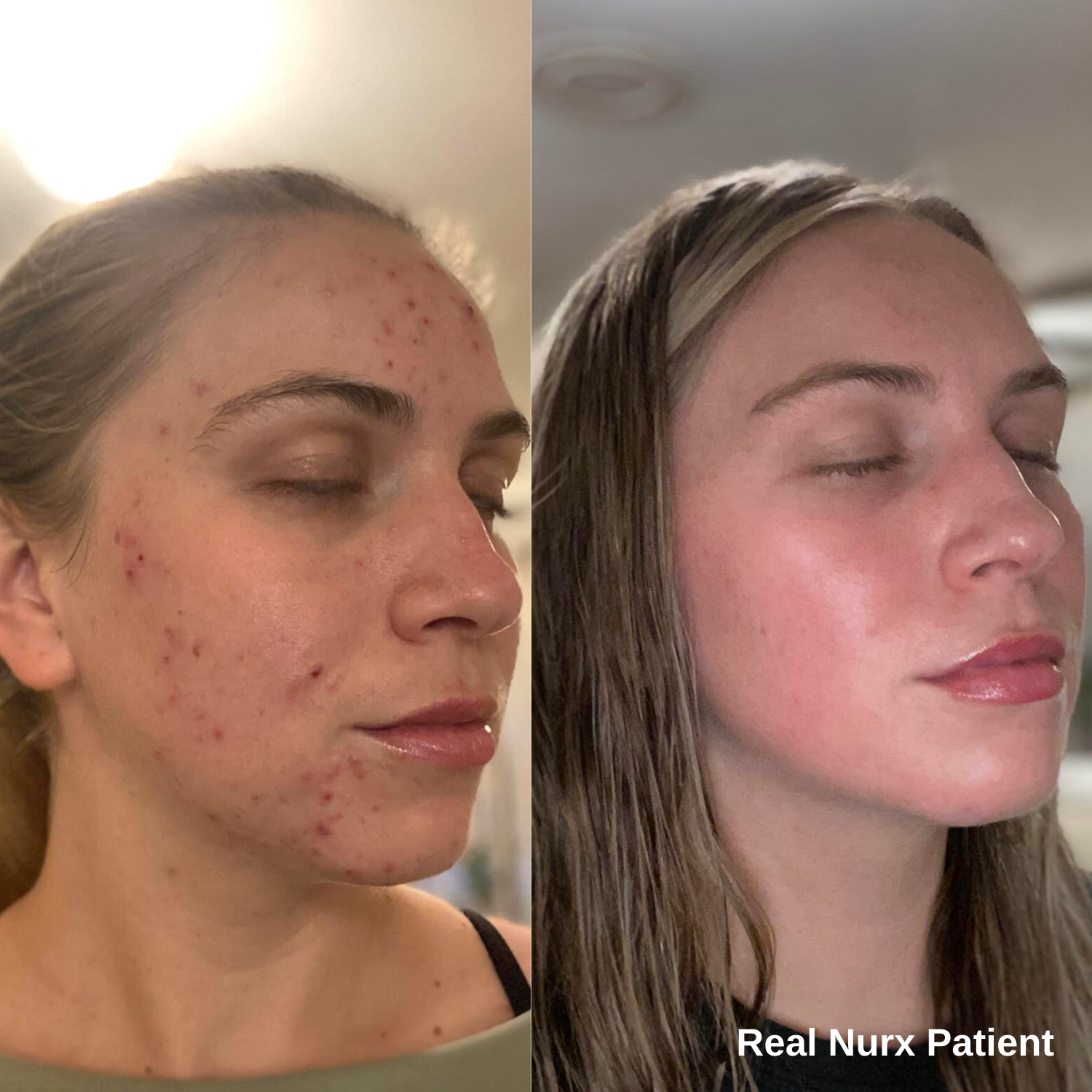
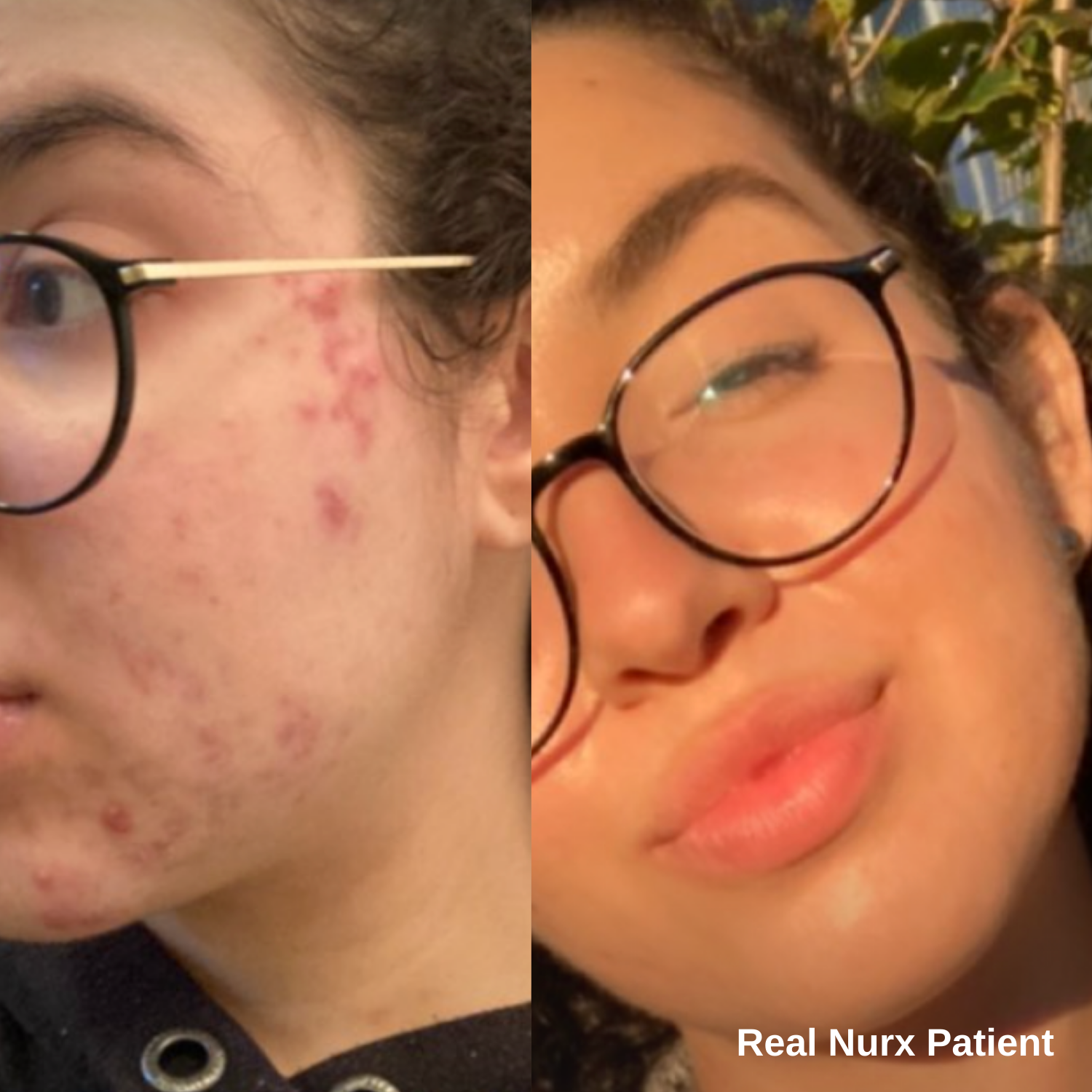
Treatments That Work
Our patients love getting personalized skincare treatments from licensed medical providers that deliver real results. Check out these amazing before and after photos.
|
Price with Insurance As low as $0 per month for the medication |
Price without Insurance As low as $30 per month for the medication |
Consultation Price $40 including 1 year of unlimited medical care with your own provider team |
Related Products |
For our refund and return policy, please see our terms of use.
See why 1,000,000+ patients have trusted Nurx for medical care online
Nurx
- Affordable
- Pure tretinoin you would get from your pharmacist
- No subscription needed
- Unlimited, ongoing medical care from an app
- $0 shipping — always
Other Brands
- Expensive
- Bottles of compounded formulas
- Subscription required
- Medical care limited by number of credits
- $5 to $20 shipping fees
Additional Details
FAQ


How It Works

